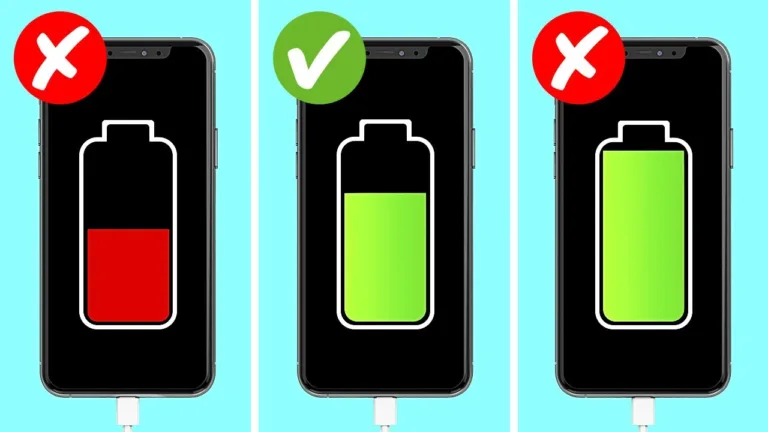Como é FEITO o PNEU #Boravê
Today we are going to find out how a tire is made. We came to a factory in Santo André, close to São Paulo, where more than 20,000 tires are produced a day. And I'm just letting you know that if you think a tire is just a piece of rubber, you're wrong. There are dozens of pieces that need to be fitted together to form it. Let's find out. We got a perfect cut of a tire here. You will see that it is much more technological than it seems. It can start up to three years before launch and each part is designed with the car the tire will be used on. And it has many parts, each one of a different material, a different rubber for everything To work as it should. I'll start by explaining from the outside in, okay? The part That touches the ground is called the tread. It is mainly made of rubber and it is at this point where the design of the tire footprint comes in. It is this part that will guarantee the grip of the tire on the track, especially if it is wet. Then the body ply will put everything together, which we can identify here by this Steel line that runs throughout the tire. In the innermost part, we will have several steel wires that form the bead. It is Very important to give a lot of firmness to this internal part and ensure that the Tire does not release from the wheel. And, finally, on the inside, we will have The inner liner, which is a rubber that guarantees the seal. Back in the day, tires Had a tube. Today, the most modern ones no longer have it, it is this layer of rubber That will play the role of the inner tube. And look, I'm simplifying a lot, there Are a number of other parts here that are super important, like the side of the tire That has to be very resistant when you scrape the curb, for example. The main raw material for tires is rubber. This one is natural rubber, the one that comes from latex, from the rubber tree. It even smells… Very different. But tires also use synthetic rubber, which is derived from petroleum. The ratio between the two will depend on the type of material they want to produce, but that's not all. Tire rubber will have several further additives. One of the main ones is carbon black, it is a petroleum derivative that gives rubber More resistance and that is what gives tires their black color. If it weren't for Carbon black, tires could be a different color. Another important ingredient is Silica, it is one of the main components of sand. Silica can give tires better rolling resistance, which will make the car consume less fuel, for example.
Now a very important ingredient is going to come in, which is sulfur. It will greatly increase the resistance of natural rubber. Normally, rubber is sticky, it breaks easily, sulfur will modify this property. It is mixed now, but it will only act a little later in a process called vulcanization. All this raw material will go into a giant blender, called a banbury. It will sting and heat all this. In the next step, this is going to be thrown between two huge cylinders, and the final Product is going to be this blanket of rubber, called the master rubber. And now, that rubber mat, the sulfur and a few other additives are going to go back Into that giant blender, everything is going to be mixed together to form a new rubber mat. And this is an internal raw material that will be used in the manufacture of the tire. The consistency of this intermediate rubber here is pretty weird. It makes you want to take a bite. These rubber blankets will take several different paths here inside the factory. Here, for example, it will be heated and then squeezed into a calender to form the Tire's seal, the inner liner, that little layer that serves as the old tube. The width of this belt here depends on the tire that will be produced. You can see that it is being cut there in the corner and the rest goes up. This here will be melted and will turn into this rubber again. Look at this giant coil of wire, it serves to produce the bead, which is that steel Structure that goes inside the tire there, which fits in the wheel. The machine will roll it up and then mix it with rubber. Look how it looks. One of the coolest processes you'll see in this video is the creation of the tread Ply, the innermost part of the tire that already has steel wires. They are even coming out of these giant spools here. Look how beautiful! These strands will all be organized, you can see that everything is very well arranged here. Then they will also go into a calender. In this machine, that rubber sheet that we saw will go in already hot and will form A kind of sandwich, it will be the bread and the steel will be the stuffing. Here you can already see the material coming out ready. Really warm. This material still needs to be cooled and then it will be wrapped together with a
Nylon sheet. You have to do it this way, because if you didn't put the fabric on, The rubber could stick to itself. We are now in one of the processes that consumes The most rubber, making the tread, which is the part of the tire that touches the ground. Here they are heating and mixing those blankets that we saw being produced. Then they go into a triple extruder. It works like an injection syringe that injects three different materials. All of this will be squeezed and molded into a single output. And here we can once again see the component coming out of the machine warm. I managed to get a little piece here, it's cool that at this stage it's still very Sticky and these lines, they told me that the assemblers ask for them. So, if you Look at a tire for a brand new car, you'll probably see a colored line like this One. I've only shown the main parts, but a tire can have up to 30 different components. Here everything is ready, it's time to assemble. One cool thing you notice is that the rubber is extremely sticky, so when you touch one against another, it sticks. Some of these materials also received some additives to stick better, a kind of glue that is important at this time. Assembly is completely automatic, done by a robot and starts from the inside out. So, the first piece that comes in here is the inner liner, and the rest is placed around it. In order for the tire to be rigid and able to receive the other parts, it will be inflated. Then it gains the tread, the part that touches the ground, and then it is rolled. They are wheels that work by exerting a lot of pressure so that the rubber sticks. The cool thing to see here is that all of this happens at the same time, so we have To look at it for several minutes to understand what the machine is doing. But calm down, after all that, the tire is not ready yet. This one is the green tire. If you put your hand on it, you realize it's still soft, sticky, there's this weird Thing on the side, and it doesn't have the tire grooves. So, it needs to go through the main chemical reaction of tire manufacturing that is Vulcanization, that time when the sulfur will take effect. What happens? Rubber molecules are very long, and normally they slide past each other. When you put sulfur in and bring that to a high temperature, some bonds between the molecules are created. And then, the rubber becomes firmer and more elastic. The vulcanization will take place inside this press. On the outside, you can see that there is a mold that is already in the shape of the tire grooves.
Inside there is a bladder that will inflate with super hot water and, next to the Mold, the vulcanization will take place, which has to be at a very high temperature. So both the bladder and the mold are very hot. On larger tires, like this one, this process can take hours. When I say bladder, it gives the impression that it's something soft, fluffy… it's not. This here is the bladder, it looks like another tire. Look what a beauty! Now, yes, tire ready. And one thing that everyone likes to see on a new tire is those hairs. Where do they come from? When the green tire undergoes vulcanization, there are some channels that allow the Air to escape as the rubber takes shape. A little bit of rubber also gets into these little channels and that's what will form the little hairs. That is, the hair is not placed on purpose, it is part of the tire manufacturing process. People even said that there are countries that don't even like the hair on new tires. But the work continues. The tires will next go through a visual inspection, where They take the opportunity to remove any burr that was left. Afterwards, they will All go through an x-ray machine, where you can see the metallic structure and the seams between the rubbers. And then they will go through a machine that measures the distribution of the tire's Mass to check that no part is heavier than another and could cause an imbalance in the car. There are a number of other tests that are done by sampling. Here, for example, the Tire is rotated for days with the maximum load until it bursts, so they can understand where it will break. And, in addition, in the interior of São Paulo, they have a running track to test the tire in real life. Tell the truth, you didn't imagine you needed so much stuff to produce a tire. I think that is worth a thumbs up, right?







